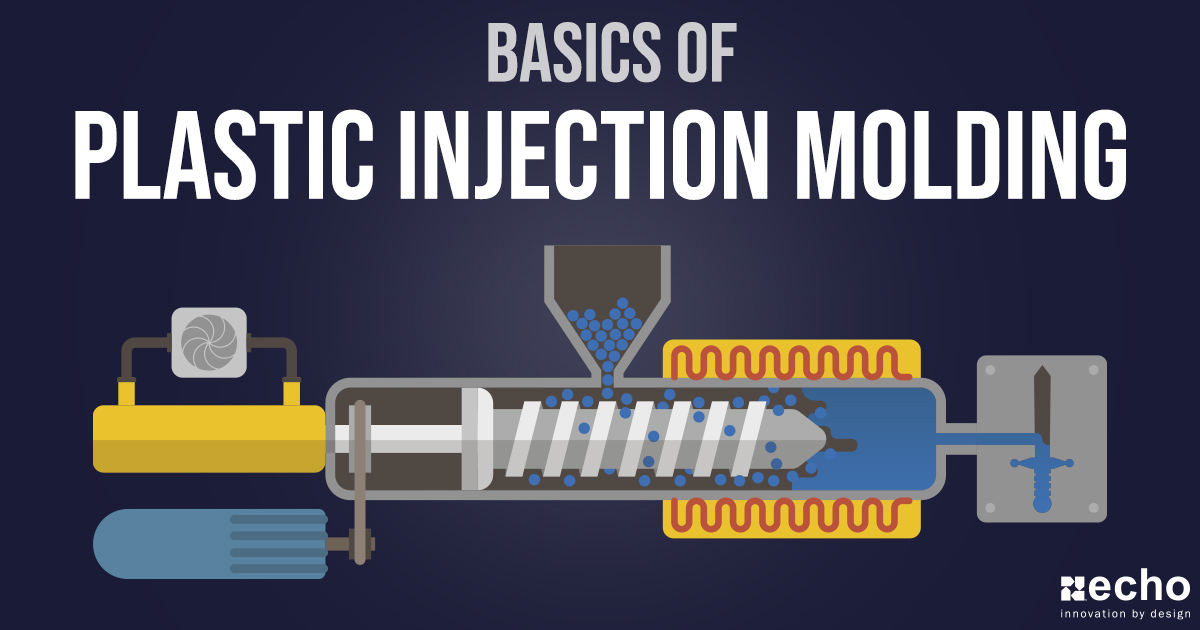Some Known Factual Statements About Manufacturing Industries s
Wiki Article
What Does Manufacturing Industries Do?
Table of ContentsLean Production - The FactsAdditive Manufacturing - An OverviewThe Buzz on Lean ManufacturingThe smart Trick of Die Casting That Nobody is Talking AboutLean Production Fundamentals ExplainedSome Ideas on Lean Manufacturing You Need To Know
The text on this page is a sample from our full White Paper 'Injection Moulding for Customers' - * Example message * - for complete guide click the download button over! Introduction This overview is meant for individuals who are looking to resource plastic mouldings. It provides a much needed understanding into all that is included with developing plastic parts, from the mould tool needed to the moulding procedure itself.If you intend to explore even more, the overview covers sorts of mould devices, in addition to unique finishing processes such as colours & plating. Words that are highlighted can be located in the reference in the appendix ... Component I: Moulding: The Basics The Advantages of Injection Moulding Plastic shot moulding is an extremely exact procedure that offers a number of benefits over various other plastic handling methods.
Precision is ideal for really detailed parts. You can hold this moulding in the hand of your hand and also it has bosses, ribs, steel inserts, side cores as well as openings, made with a gliding closed off attribute in the mould device.
Facts About Lean Production Uncovered


from material feed & melting; material injection; cooling time and ejection as well as the re-closing of the mould tool ready for prepared next cycle. Draft angles - The walls of a moulded component should be somewhat tapered in the instructions in which the component is expelled from the mould device, to enable the part to be expelled quickly.
Ejector stroke - The pressing out of ejector pins to eject the moulded part from the mould device. Ejector stroke speed, length and timing requires to be meticulously regulated to avoid damage to the ejectors and mould tool, yet at the same time make the moulding cycle as brief as feasible.

Examine This Report on Mfg
Ribs - When a plastic part has thin wall surfaces, ribs are added to the style to make the slim walls stronger Side cores - Side action which creates a function on a moulded part, at an opposing angle to the normal opening direction of the mould device. plastic manufacturing. The side core requires to be able to withdraw as the plastic component can not be expelled otherwise.
Walls - The sides of a moulded part The message click to read more on this page is a sample from our full White Paper 'Shot Moulding for Buyers'.
Manufacturing procedure for producing parts by injecting liquified product into a mould, or mold and mildew Streamlined diagram of the procedure Injection moulding (united state punctuation: injection molding) is a manufacturing process for producing parts by injecting liquified product right into a mould, or mold. Shot moulding can be done with a host of products generally including metals (for which the procedure is called die-casting), glasses, elastomers, confections, as well as the majority of commonly polycarbonate as well as thermosetting polymers. Injection moulding is extensively made use of for continue reading this producing a range of components, from the tiniest parts to whole body panels of vehicles. Advances in 3D printing modern technology, making use of photopolymers that do not melt during the shot moulding of some lower-temperature thermoplastics, can be utilized for some straightforward shot moulds. Shot moulding uses a special-purpose maker that has three parts: the shot system, the mould as well as the clamp.
Some Known Facts About Lean Manufacturing.
, with the volume used of the former being considerably higher.: 13 Thermoplastics are common due to features that make them very appropriate for injection moulding, such as ease of recycling, versatility for a broad variety of applications,: 89 and capability to soften as well as flow on home heating.In multiple cavity moulds, each cavity can be similar and develop the same parts or can be distinct as well as develop numerous different geometries during a solitary cycle.
The screw delivers the raw material ahead, blends and homogenises the thermal as well as viscous distributions of the polymer, and also minimizes the needed heating time by mechanically shearing the material and adding a considerable quantity of frictional heating to the polymer. The product feeds onward through a check shutoff and collects at the front of the screw right into a quantity understood as a shot. When sufficient material has actually collected, the product is required at high stress and also rate into the part developing cavity. The precise amount of shrinking is a function of the material being made use of, and can be relatively foreseeable. To stop spikes in stress, the procedure typically utilizes a transfer die casting placement representing a 9598% full cavity where the screw shifts from a continuous velocity to a continuous pressure control.
The Facts About Additive Manufacturing Revealed
The packing pressure is applied up until the entrance (dental caries entry) solidifies. Due to its tiny dimension, the gateway is typically the initial area to strengthen with its entire thickness.: 16 Once the entrance solidifies, no even more material can go into the cavity; appropriately, the screw reciprocates as well as acquires material for the following cycle while the product within the mould cools so that it can be expelled as well as be dimensionally secure.Report this wiki page